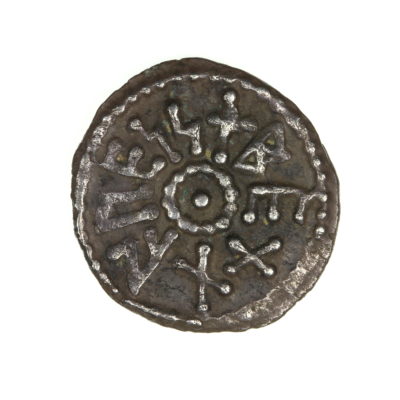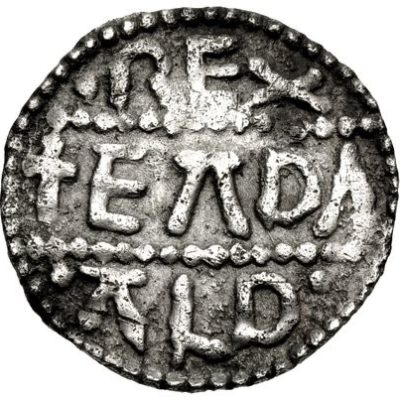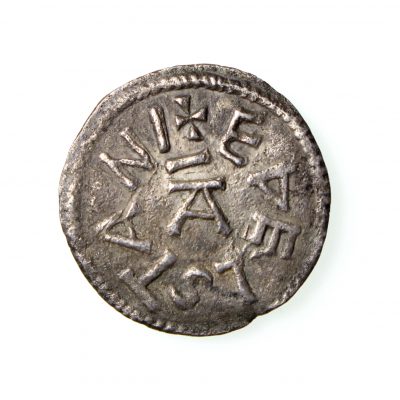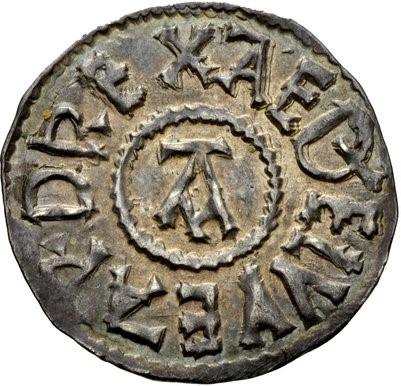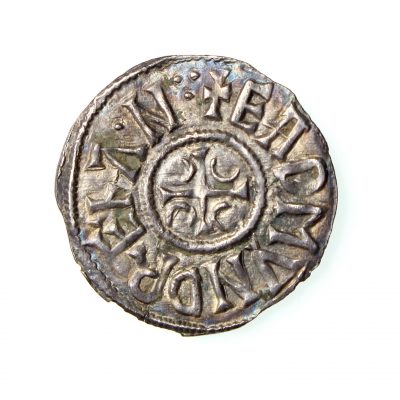Anglo-Saxon Kingdoms: East Anglia
Much like Kent, by c. 750 East Anglia was already an old kingdom. However, it was somewhat in a state of decline. Gone were the days of the near-legendary kings of the Wuffingas dynasty – chief among whom ranks Rædwald, possibly the occupant of Mound 1 at Sutton Hoo. Instead, by the 8th century we see the all too familiar process of Mercian interference, administration and indirect rule that immediately precede a direct take-over of territory. Indeed, the similarities between Kent and East Anglia are striking – both were annexed by Mercia in the 8th century, both regained their independence (although in Kent’s case, this was much more short-lived) and both demonstrate the same lack of documentary evidence caused by half a century of Scandinavian raiding. For this reason, our knowledge of this region remains clouded and poorly understood. King-lists are insecure, chronologies highly patchy.
To delve into the coinage of East Anglia from this period is to enter a period of much obscurity, of shadowy figures and pieces of incredibly rarity. Indeed, coins provide some of the scant evidence for kingship during this period. Some of the first secure ‘East Anglian’ coins were struck by King Beonna (c. 749-760?), whose issues reflect a continuation of the ‘sceatta’ issues produced during the early 8th century. Beonna’s successor, Æthelred I of East Anglia, is not known to have issued any coins – but his son Æthelberht (who would become Æthelberht II of East Anglia) appears to have switched over to the issuing of larger-flan silver pennies. His dates of reign are uncertain, though some sources suggest an accession to the throne around the year 779. To date, only four of Æthelberht’s coins survive – important discoveries which despite their rarity are key evidence which suggests that despite growing Mercian influence under Offa, East Anglia still retained its independence. The Anglo-Saxon Chronicle tells us bluntly of Æthelberht’s fate in the entry for 794 – ‘This year Offa, King of Mercia, commanded that King Æthelberht should be beheaded.’ Although later Medieval sources would ‘flesh out’ this story, the aim was clear – to remove a rival, extend Mercian power over East Anglia and absorb it as a vassal kingdom.
However, this did not go off without a hitch – after Offa’s death in c. 796, a man named Eadwald seized power for a short period in East Anglia, just as Eadberht ‘Praen’ did in Kent. He is totally omitted from literary sources, instead being known only from coins. Nothing is known about Eadwald’s ultimate fate, but his efforts to re-establish independence were clearly in vain due to the rapid re-establishing of Mercian control over Kent and East Anglia by Offa’s successor, Coenwulf. Despite his success, fewer than thirty years later East Anglia would rise again under Æthelstan, who after the defeat of Mercia by Wessex successfully brokered a deal whereby East Anglia would owe general fealty, yet remain independent. This arrangement effectively created a mini-dynasty in the form of Æthelstan, his son Æthelweard and grandson Edmund – who ruled East Anglia for the next 40 years.
With its coastal setting, it is unsurprising that East Anglia fell victim to many Scandinavian attacks through the 9th century – just as Kent did. Although these gradually increased in their severity, it was the invasion of the ‘Great Heathen Army’ in 866 that marked the beginning of the kingdom’s death knell. Although initially marching north to attack York after their arrival, in 869 the Danes returned to East Anglia – killing King Edmund at Hægelisdun, the exact location of which has not yet been identified. Sources differ whether he died in battle after negotiations went wrong, or because he refused to renounce Christianity. Thereafter, East Anglia was ruled by Danish-sponsored puppet kings – but would eventually become part of the Danelaw after the treaty of Alfred and Guthrum, with its own coinage and administrative structures. However, this account (and the coins issued within this polity) will be related in the ‘Viking Coinage’ section.

